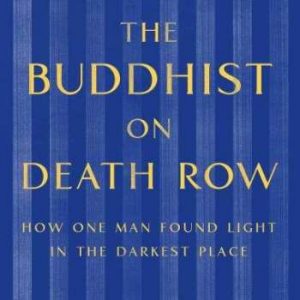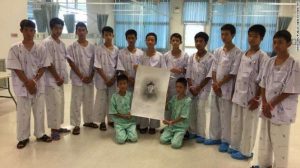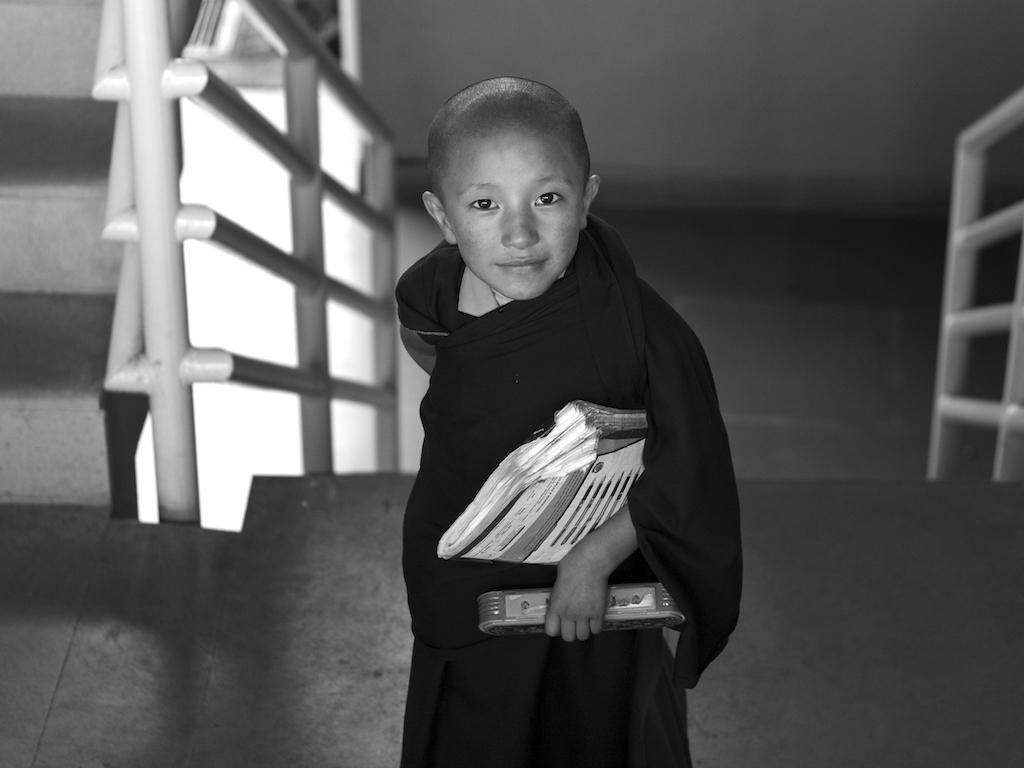
In September 2014, I traveled to the Tibetan colony of Bir with another photographer, Jagdev Singh. On the one hand, we attended teachings on “The Twelve Nidanas, or Twelve Links of Dependent Arising,” given by Jetsunma Tenzin Palmo at Deer Park Institute; on the other, we discovered the colony with our cameras and enjoyed many wonderful encounters with the people living there, and especially with the “fertile minds” of the young Buddhists in Bir’s many monasteries.
Bir Tibetan colony is located in the Kangra district of Himachal Pradesh in northwest India, and was established in the early 1960s following the exile of the Dalai Lama and other Tibetans from Tibet. Subsequently a number of Tibetan monasteries were erected representing the Nyingma, Kagyu, and Sakya traditions. These include Chokling Monastery, or Pema Ewam Chögar Gyurme Ling; Palyul Chökhor Ling, under the guidance of Ringu Tulku Rinpoche; and Dirru Monastery and Bir Sakya Lama Society, guided by the 15th Gyalsay Tulku Rinpoche and the 14th Dungyud Rinpoche.
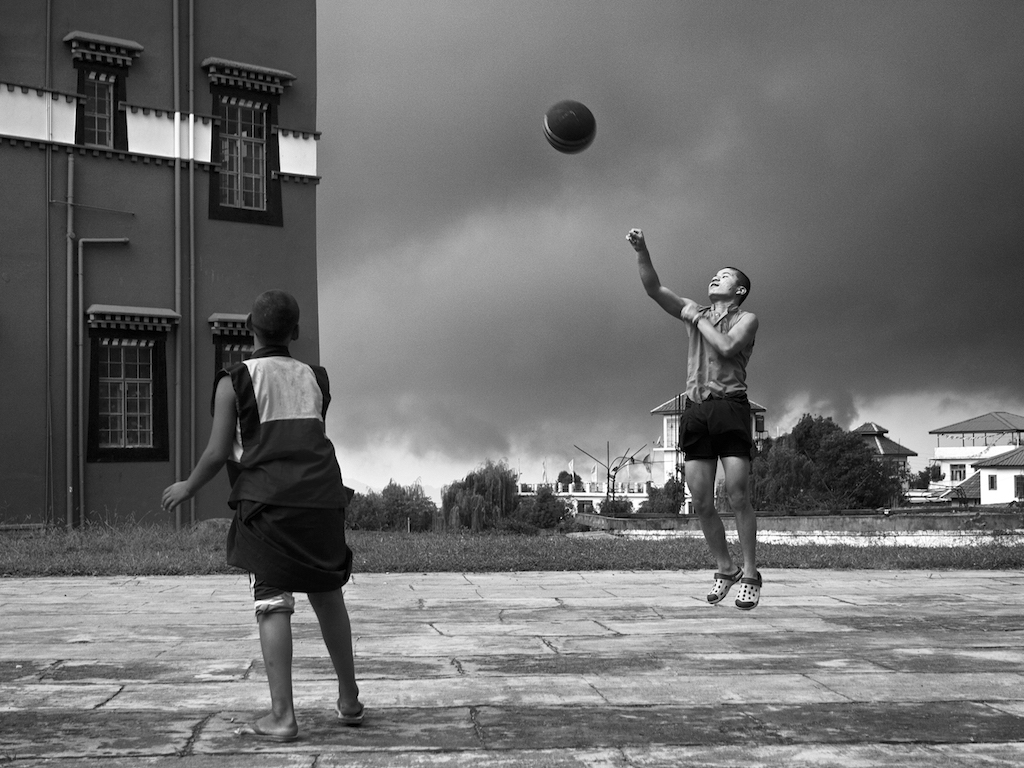
Nearby are the Dzongsar Khyentse Chökyi Lödrö College of Dialectics, in Chauntra; Palpung Sherab Ling, in Bhattu; and Dongyu Gatsal Ling Nunnery, founded by Jetsunma Tenzin Palmo. Bir also has a Tibetan handicraft center, a Tibetan Children’s Village school (Suja), a branch of the Tibetan Medical and Astrological Institute (Men-Tsee-Khang), and a medical clinic.
The monasteries generally comprise a huge entrance decorated with sculptures, the temple complex itself, a meditation center, dormitories for the monks, a retreat center, classrooms, and a lawn. The number of resident monastics varies between 100 and 150. Sherab Ling, on the other hand, is a major monastery with approximately 750 monks, 250 of them enrolled in the monastic university curriculum on the premises.
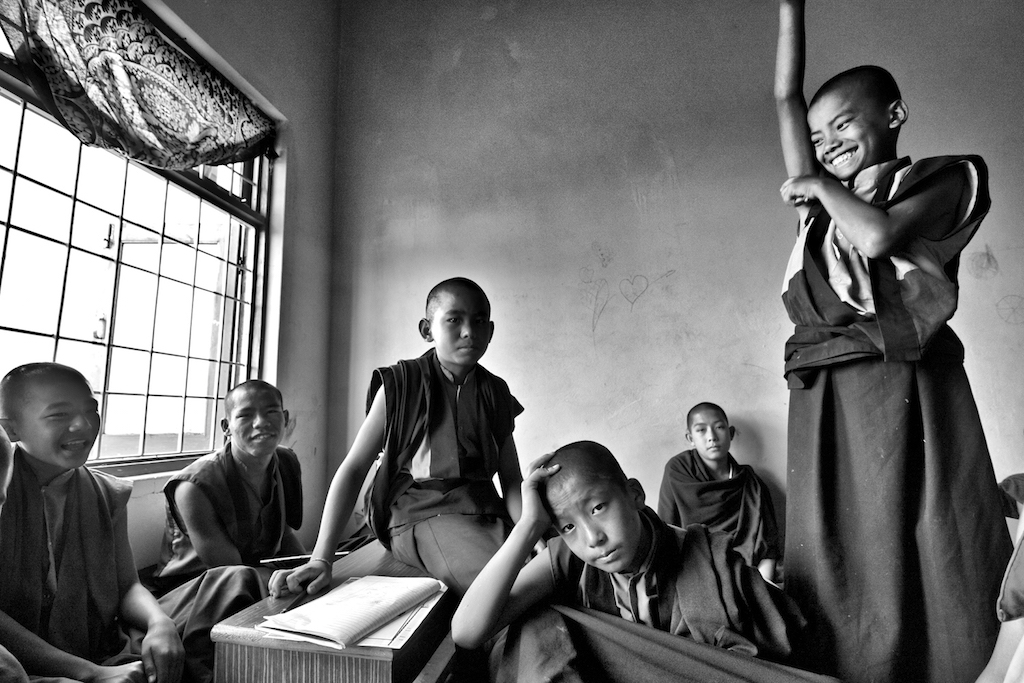
Typically, the dormitories consist of several rooms that can accommodate up to four students each. There are several classrooms, where students sit on the floor, with a whiteboard fixed to the wall for the teacher. There is usually also a basketball court or an open area for playing football, cricket, or other outdoor sports, and a large dining hall with wooden benches that can seat up to 100 monks.
A normal day begins at 5.30 a.m., when the monks gather for Refuge and bodhichitta prayers. A breakfast of bread and tea may be distributed during a break, otherwise there is a breakfast period following the prayers. At 8 a.m. the monks gather again to recite mantras and sutras. Afterward, generally from 9.30–11 a.m., there is a period of philosophical debate. This type of debate is most common in the Gelug tradition, and involves an elaborate series of choreographed moves as a challenger and his opponent discuss major points of Buddhist philosophy. After the debate, the monks are served a lunch of rice, vegetables, bread, and tea.
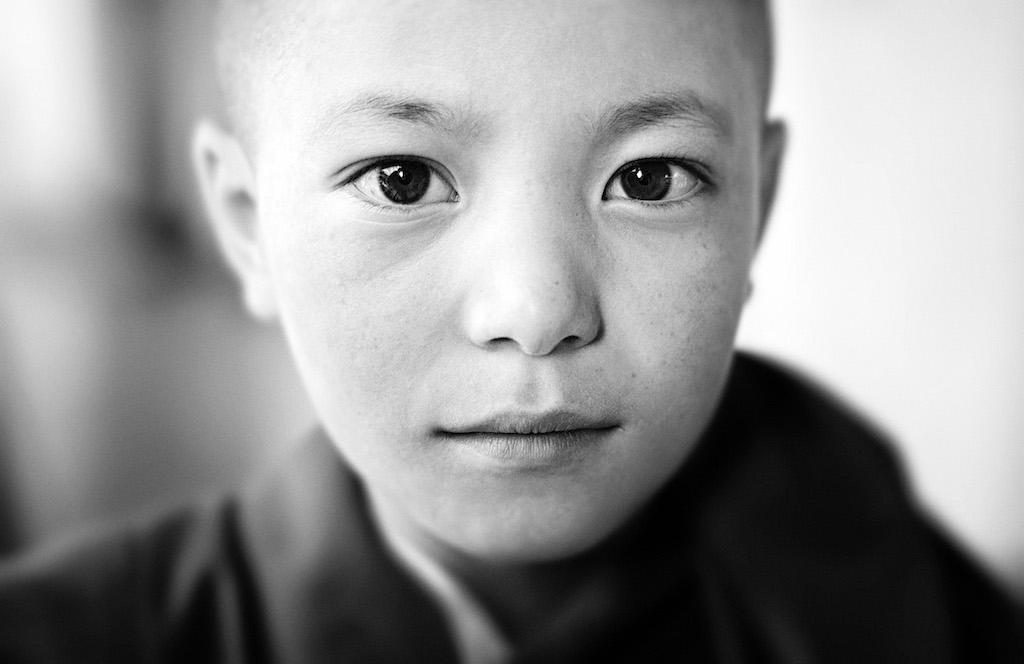
In the afternoon, classes include Tibetan grammar and writing, mathematics, foreign language study (usually English), basic science, and more philosophy. They are sometimes taught by volunteer teachers from abroad. Optional classes are also offered in ritual arts, namely torma- (ritual offering “cakes”) making, thangka painting, and ceremonial music.
After class, the monks have a free hour to play a sport of their choice, normally football, basketball, or cricket. Then comes a two-hour session of meditation and prayer. Dinner is served between 6 and 7 p.m., while bedtime is at 8.
This is the daily schedule six days of the week, the other day being a holiday. In addition to the schedule, all the monks have specific roles to play in the day-to-day running and maintenance of the monastery and its environment. Even seemingly minor tasks are allocated, such as the serving of tea in the prayer hall.
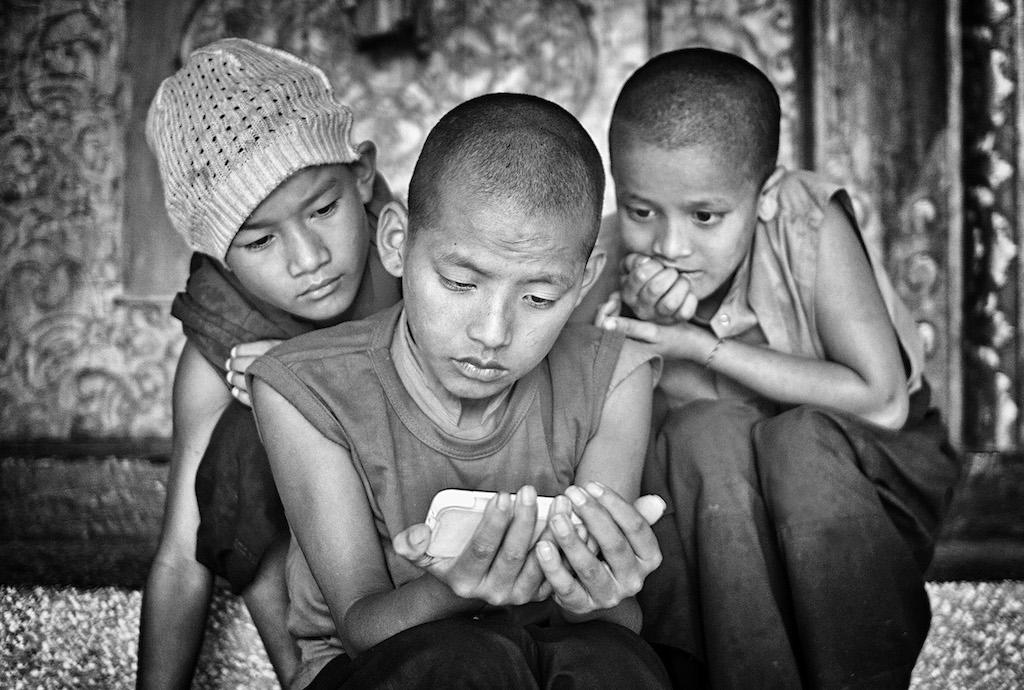
The schedule follows a program of study, meditation, and service, training the monks to integrate Dharma principles into their daily life and work. Eventually, some readily take higher monastic ordination, while a few undertake further philosophical study to become teachers or professors.
The monks study year round, with the exception of major Buddhist holidays. There is a six-day break for Losar, the Tibetan Lunar New Year. The Monlam or Prayer Festival begins on the eighth day of the New Year, and lasts for 11 days. Other holidays include Tibetan Uprising Day on 10 March, the Dalai Lama’s birthday on 6 July, Indian Independence Day on 15 August, and Tibetan Democracy Day on 2 September.
Children can be sent to the monastery by their parents as young as five or six. This seems to serve the dual purpose of fulfilling a religious responsibility and reducing the household expenses. In large families, the probability of children being sent to a monastery is higher—families with more than one son may feel it necessary for at least one to become a monk as a form of offering. A greater number of boys decide for themselves to take up the monastic life around the age of 12 to 15. While making this reportage, several spontaneous interactions with the little monks and nuns revealed the high level of concentration, compassion, simplicity, discipline, innocence, and thinking of their fertile young minds.
Victoria Knobloch is a member of Dharma Eye–The Buddhist Photographer collective. To learn more about Dharma Eye and Victoria’s work as a photographer, visit Dharma Eye.


